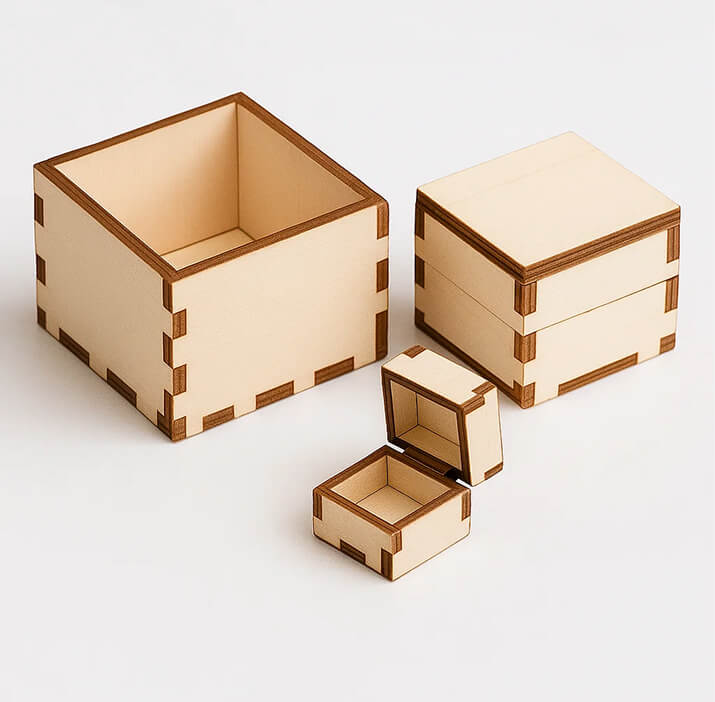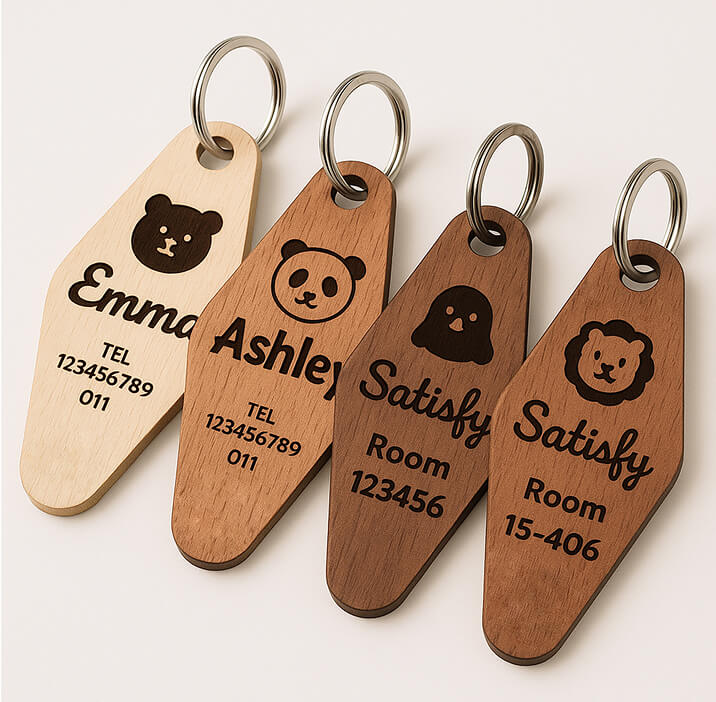Report
![[Laser cut and engrave] Laser Cut SpongeBob Happy Birthday Cake Topper Decoration](https://storage-us.atomm.com/resource/xtool/community/attachment/xtool-community/14620322-4398-4c20-a474-ede25bceb91c.png?x-oss-process=image/resize,w_1200,h_900,limit_0/interlace,1/format,webp/auto-orient,1)
Laser Cut SpongeBob and Patrick Happy Birthday Cake Topper
Spongebob
.xcs
Application scenario
Laser processing
Machine & module
xTool P2S
55WCompatibles · 11
Material used

1/8"(3mm) Black Acrylic

3mm Black Opaque Glossy Acrylic(3pcs)
1
8
Information
Make the Spongebob fan in your life happy for their birthday
Instruction
1
Step1
Preview
Preview
What You'll Need:
- Acrylic Panel: For the best results, a 3mm cast acrylic panel is suggested. This thickness provides a clean, flame-polished edge after cutting. Cast acrylic is superior to extruded types as it gives a much smoother result.
- Laser Engraver: A CO2 laser engraver is the perfect machine for cutting acrylic.
- Surface Protection: Green painter's tape or a special paper-based tape for laser cutting will work well.
- Digital Pattern: The vector file for your "Spongebob" cake topper.
- Risers: Any small, flat objects of the same height (like leftover acrylic squares or small wooden blocks) can be used to prop up the acrylic sheet.
- Cleaning Items: A soft microfiber cloth and some gentle dish detergent.
Part 1: Getting the Acrylic Ready
Taking the time to prepare your acrylic sheet properly is the key to a picture-perfect outcome.
- Unwrap the Acrylic: The acrylic sheet will have a protective plastic layer on both sides to guard against scratches. Gently peel this covering off. While some people leave the bottom layer on to protect against laser bed marks, for the sharpest cut, it's better to remove both and use your own protective tape.
- Wipe It Down: With the film gone, give both sides of the acrylic a gentle wipe with a microfiber cloth to get rid of any stray dust particles.
- Mask the Surface: To shield the acrylic from smoke residue and burn marks while cutting, cover both the front and back surfaces with a layer of painter's tape or a specialized laser masking tape. Make sure the tape is completely flat, with no bubbles or wrinkles, as imperfections can transfer to the cut. Some crafters also report good results using a thin coat of dish soap as a protective layer.
Part 2: Calibrating Your Laser
Correctly setting up your laser cutter is essential for achieving a precise and clean cut.
- Lift the Material: To avoid "flashback," which are tiny marks on the bottom of your project caused by the laser bouncing off the machine's bed, lift your acrylic sheet up by about 3mm. You can do this by placing small, identical risers under the corners of the sheet.
- Set the Laser Focus: Make sure your laser is focused precisely on the top surface of the acrylic. A sharp focus is vital for getting a consistent and clean cut line.
- Check the Air Assist: If your machine is equipped with an air assist, confirm that it's working properly. The air assist is important because it blows away smoke and debris, preventing fires and resulting in a much cleaner edge.
Part 3: Cutting the Design
It's time to cut out your "Spongebob" design.
- Cut in Reverse: For the best possible finish, especially if you're using mirrored acrylic, you should flip your design horizontally in the software and cut it from the back side of the material. This trick helps ensure the front surface is as flawless as possible.
- Laser Power & Speed: Your machine's ideal power and speed will depend on its specific model and wattage. As a starting point, using lower power and a slower speed generally creates a smoother, more polished edge. It is always a good idea to run a quick test on a scrap piece of the same acrylic to find the perfect settings before you cut your final design.
Part 4: The Final Polish
Once the laser has finished cutting, just a couple more steps will have your cake topper ready to go.
- Remove the Tape: Carefully pull off the protective tape from both sides of your finished cake topper. A plastic scraper can be useful for getting the edge of the tape up without scratching your project.
- Clean Your Topper: After the tape is off, you might see some leftover residue or fingerprints. Use a soft microfiber cloth and a little bit of mild dish soap to clean the acrylic. Crucial Tip: Never use cleaners containing alcohol, as they can cause the acrylic to develop small cracks.
- Final Check: Give your cake topper one last look to make sure it's perfect and ready to be displayed
Comments
Remixes
xTool Supplies Used in This Template
License
This work contains AI-generated content.










